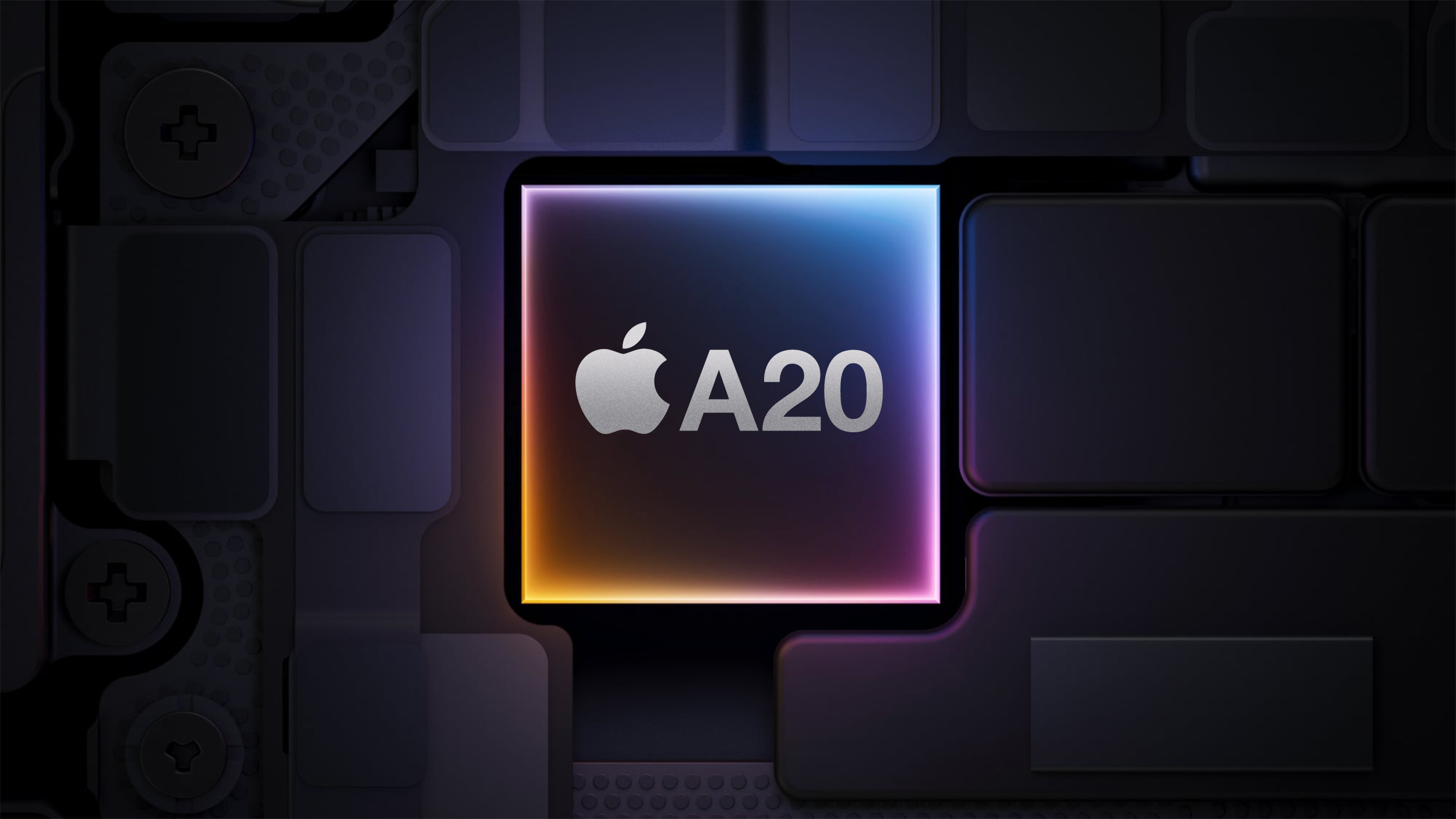![]()
Apple's "A20" chip designed for next year's iPhone models could be considerably more expensive, the
China Times reports.
The A20 chip is likely to be the first widely available 2-nanometer chip, debuting in the iPhone 18 lineup next year and forming the foundation of subsequent M6-series chips. The previous three generation A-series chips have all been based on TMSC's 3-nanometer node, with the upgrade to 2-nanometer promising further performance and efficiency improvements.
TSMC has reportedly told customers, presumably including Apple, to expect pricing that is at least 50% higher than 3-nanometer processors. This is attributed to unusually high capital expenditure for the new node and to the lack of discounting strategies while yields are still in their early acceptable phase.
The report further states that suppliers expect flagship mobile chips built on the 2-nanometer process to carry unit prices around $280 once volume production begins. This would make it the most expensive component in the iPhone and dramatically affect Apple's profit margins, if the increase is not passed on to customers.
A report from
DigiTimes last year placed the cost of the A18 chip at around $45, with a total hardware bill of $416 for a model that retailed at $799, implying that the chip represents roughly 10% of bill of materials (BOM) cost and about 5–6% of retail price before logistics and development expenses. The most expensive component in that teardown was the rear camera assembly rather than the chip.
If the component cost rumors are true, Apple could limit 2-nanometer chips to only some 2026 iPhone models, such as the iPhone 18 Pro and iPhone 18 Pro Max. In September last year, Apple analyst Ming-Chi Kuo
warned that "due to cost concerns, not all new iPhone 18 models may be equipped with a 2-nanometer processor."
Article Link:
Apple's A20 Chip Could Be Massively More Expensive



